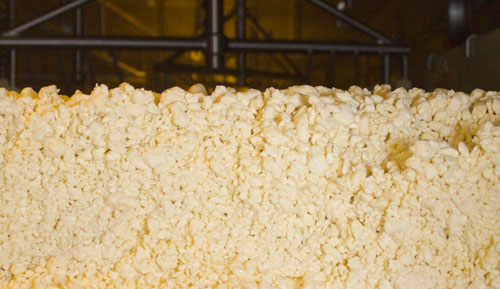
Over the past 12 years, the milk produced by cows and sent to plants in the Pacific Northwest Federal Milk Marketing Order has become significantly higher in components. As a result, that milk with higher butterfat and protein levels can make more dairy products because it contains less water and more nutrition.
Average butterfat tests rose by 0.186 percentage points to reach a 3.83 average for herds located throughout Oregon, Washington and northern Idaho. Protein levels almost matched those gains, moving up 0.169 percentage points to reach 3.19 percent true protein from 2000 to 2012, according to John Mykrantz, an agricultural economist with the market administrator's office. Meanwhile, other milk solids were stable over that time span.
Even with those yearly averages, component levels fluctuated a great deal throughout the year. Butterfat percentages rose more in the fall and winter compared to the spring and summer. For protein, the fluctuation was even more pronounced, as 63 percent of the protein gains took place in the fall/winter versus 37 percent that took place in the spring/summer.









